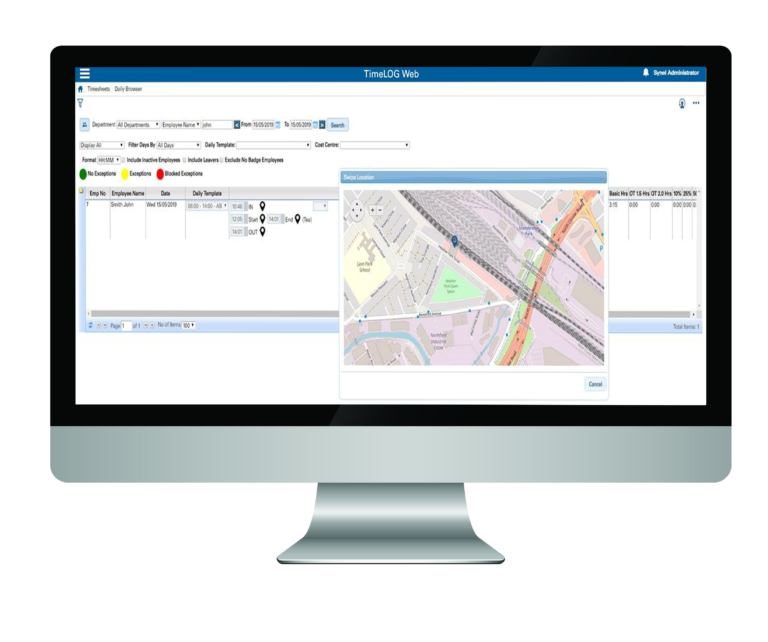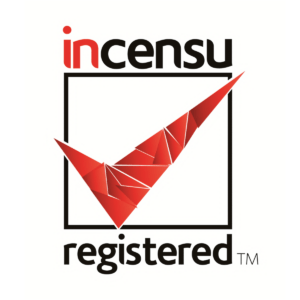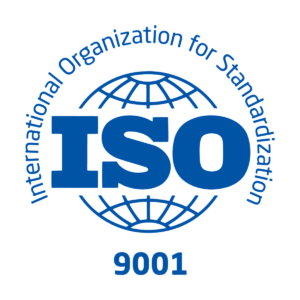10 Ways a Time and Attendance System can Save You Time… and Money!

An increasingly large number of companies around the world are looking to increase profits by better managing their available resources, in order to better carry out day-to-day tasks and operations.
An automated time and attendance system is one of the many tools available to employers today to conceive, create and implement an efficient and profitable business model that maximises employee potential. A few of the many benefits associated are described below.
1. Accuracy
To err is human, and manually archiving the amount of time spent by workers at office leaves ample room for mistakes to creep in. Having an automated time and attendance system installed at the workplace ensures accuracy and precision. Computers excel at tasks involving large numbers and complicated calculations, thus freeing up a lot of time for employees during working hours. Not surprisingly, many companies, especially those with a large number of employees, save a considerable amount of money on annual payroll expenses when an efficient and automated time and attendance system is implemented.
2. Resource Management
Allocating human resource to calculate the number of hours clocked in by employees is a time-consuming process, not to mention a huge strain on the employee’s time, energy and enthusiasm for work! For instance, an RFID time and attendance system enables organisations to seamlessly streamline mundane and monotonous procedures such as clocking the time employees report to work, the time they leave from work, and even the amount of time they spend on different tasks, lunch and so on.
3. Compliance
Companies are expected to comply with regulatory mandates established by governing authorities to abide by relevant labour laws and other legally binding factors. An automated time and attendance system helps an organisation align business practices with established regulations, thus staying on the right side of the law.
4. Employee Satisfaction and Productivity
Rigid structures for marking attendance hamper creativity and innovation. A streamlined, automated procedure for clocking time and attendance is a great way to simplify day-to-day operations, which in turn results in increased productivity and employee satisfaction. Flexible working arrangements become more feasible, especially in organisations with a mixture of remote workers, part-time employees and full-time employees who spend a considerable amount of time traveling on the job. Multiple tracking options such as biometric data and GPS-based attendance with mobile applications allow employees to work effectively even when constantly on the move. This in turn improves the overall quality of services rendered.
5. Scalability
Paper-based attendance systems might serve the purpose in companies with a small headcount, but can prove disastrous if companies look to expand operations and grow in size and strength. Automated systems on the other hand can evolve with the organisation over a period of time, as more employees are added to the company’s payrolls. What’s more, new features and functionalities can be easily included into the system through regular version updates for enhanced data tracking methods. These features and functionalities can be further customised to suit specific business needs. Data can be used to analyse patterns and trends that enable management to take well-informed decisions.
6. Increased Employee Awareness
An automated time and attendance software allows employees the possibility to access their attendance details as recorded by the system, and keep track of how much time they are spending on different tasks assigned to them at work. This empowers them to manage their time better by prioritising their various roles and responsibilities. It also allows for greater work-life balance. For instance, employees can keep track of how many days of leave they have, plan their days off better and minimise unplanned absence from work.
7. Centralised System
An automated time and attendance system allows companies and organisations, especially those with a global presence and offices spread across geographies, to implement a standardised clocking system for all employees to follow, regardless of their physical location. This in turn creates a centralised database, which reduces redundancy and ensures consistency in all information gathered.
8. Reduced Paperwork
Companies can greatly reduce expenditure on printing costs, paper and other items related to stationery when they replace a manual timekeeping procedure with a paperless, automated timekeeping system.
9. Security
Data protection and confidentiality is of prime importance to any business. Synel attendance management software solutions are built on secure systems with robust architectures that ensure a high level of security when dealing with sensitive employee data. As the solution is hosted on the cloud, the company saves on expensive servers and hardware at site.
10. Cloud Based Technology
A web-based time and attendance system is extremely cost effective and offers additional benefits, such as low upfront costs, minimal ongoing maintenance expenses, and a secure setup that is globally accessible. Also, this type of system allows companies to do away with the need for in-house IT support personnel, as all data is maintained on an online platform that can be accessed through any web-enabled device.
While many businesses are still clinging on to the old order of manually maintaining attendance registers, automated systems are a growing reality that is becoming increasingly commonplace… and efficient in every way! Speak to our team about setting up a time and attendance system that suits your organisation.
If you enjoyed this blog post you can also read more interesting blog posts such as On Time, On Schedule and Within Budget : How Job Costing Software Helps Your Organisation.










